This post describes steps to view or find your system Memory (RAM) size, type speed, and slot number in Windows 11.
Your System memory is typically called RAM, which stands for Random Access Memory. It is a location temporarily used by your device’s central processing unit (CPU) to store data and instructions.
Sometimes, you may want to know the size, type, speed, and slot number of your device’s RAM installed. For example, to install Windows 11, your device must meet Windows 11 requirements.
When you know if your device supports Windows 11, you can use the steps below to find your installed RAM.
How to find out system RAM size, speed, type, and slot in Windows 11
As mentioned above, users can use Windows tools to find and discover their system memory size, speed, type, and slot number.
Below is how to do that in Windows 11.
Find system memory details from the Settings app.
Using the Windows Settings app is a quick place to find details about your system memory. There, you’ll find the size of the memory currently installed on your device.
To do that, first, go to Start and launch Windows Settings app.
Windows 11 has a centralized location for the majority of its settings. Everything can be done, from system configurations to creating new users and updating Windows from its Settings app.
To get to System Settings, you can use the Windows key + I shortcut or click on Start ==> Settings, as shown in the image below:
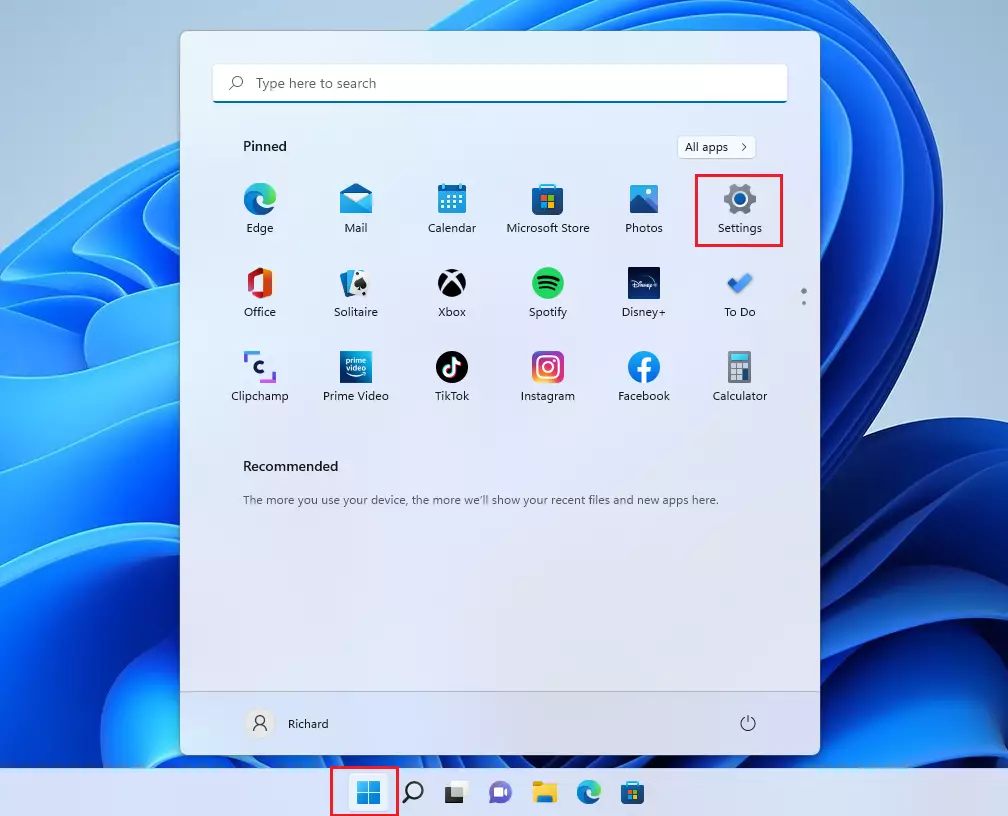
Alternatively, you can use the search box on the taskbar and search for Settings. Then select to open it.
Windows Settings pane should look similar to the image below. On the Windows Settings app, click the System on the left, then select the About tile on the right pane, as highlighted in the image below.
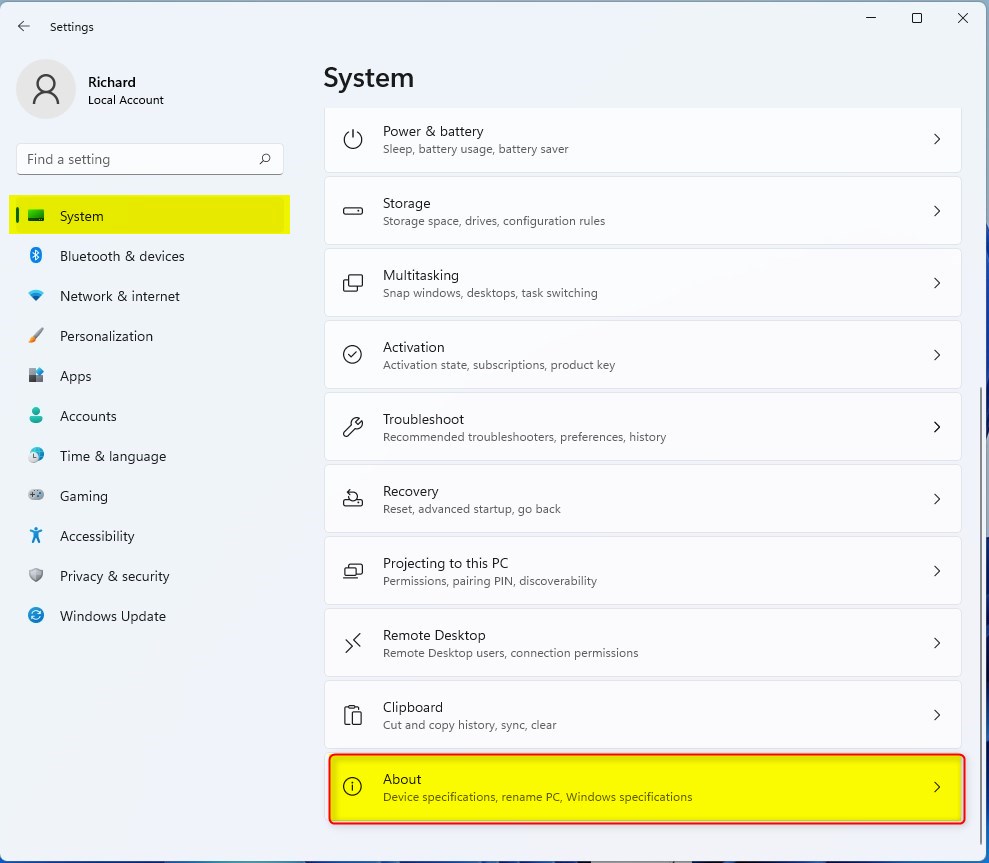
From the About settings pane, you should be able to see the size of the installed system memory.
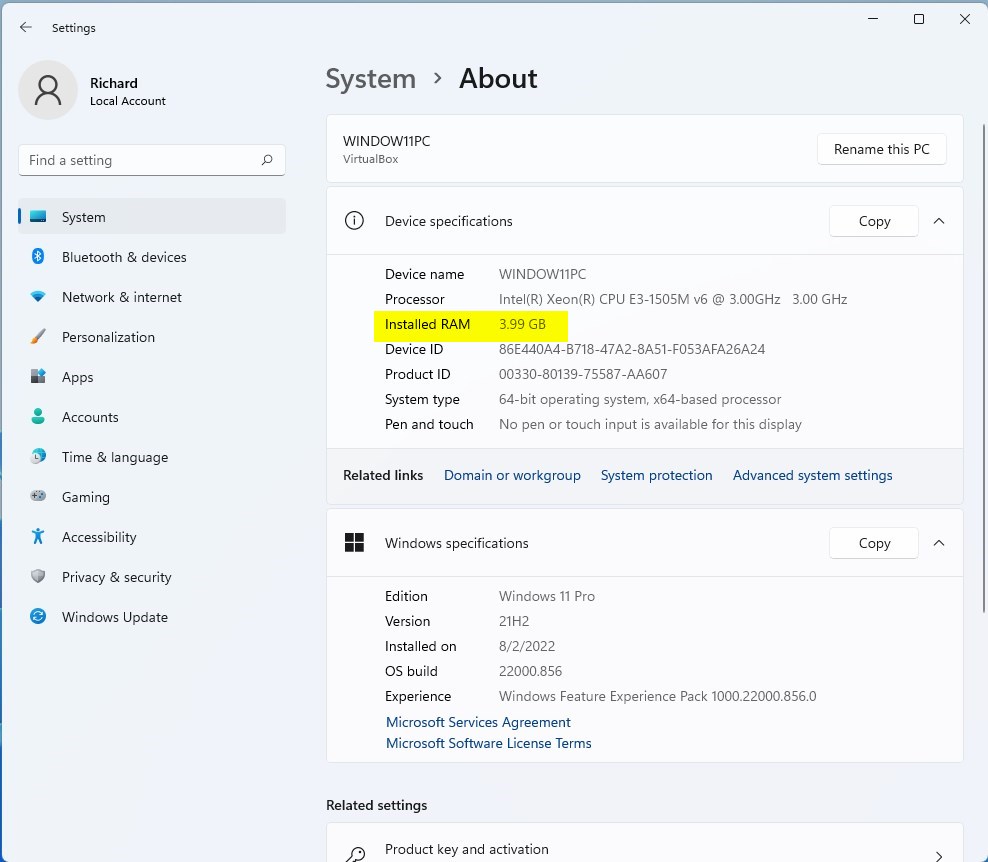
View system memory from Task Manager.
Another location to look to find details about your device’s system memory is to use the Task Manager app.
Click Start and search for Task Manager. Then select and launch the Task Manager app.
Once Task Manager opens, select the Performance tab, and click on Memory to view details.
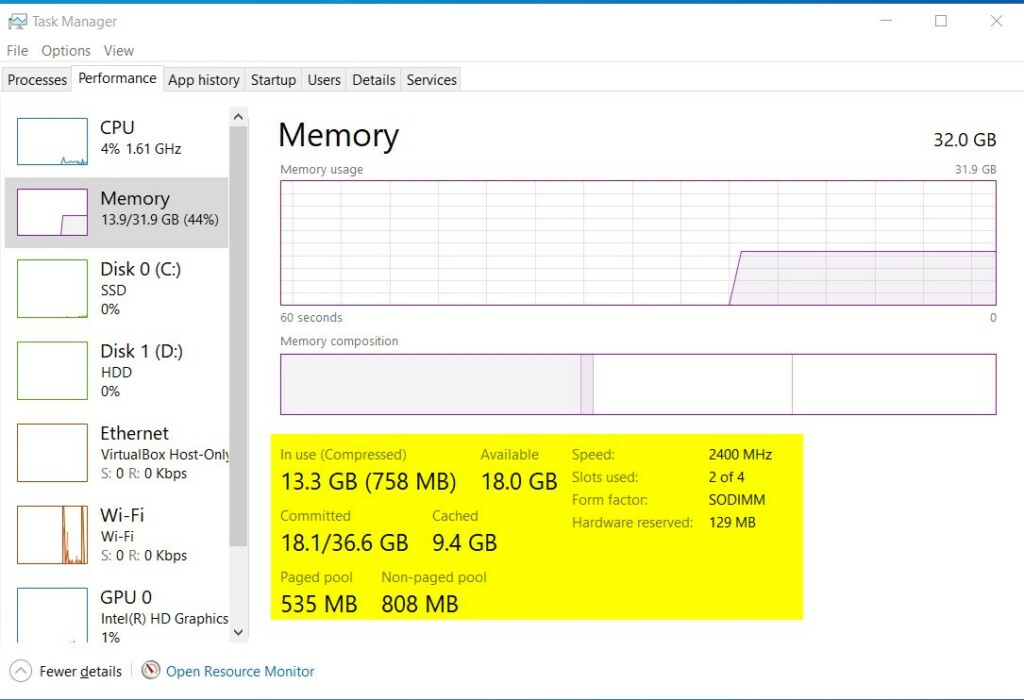
Under Memory, you should see available, committed, and in-use system memory, speed, type, slots used, and more.
View system memory using System Information
Another way to look for details about your system memory is to use the System Information app in Windows.
To do that, click the Start button and search for System Information. Once the System Information app opens, select the System Summary and locate the memory section to view details about your System.
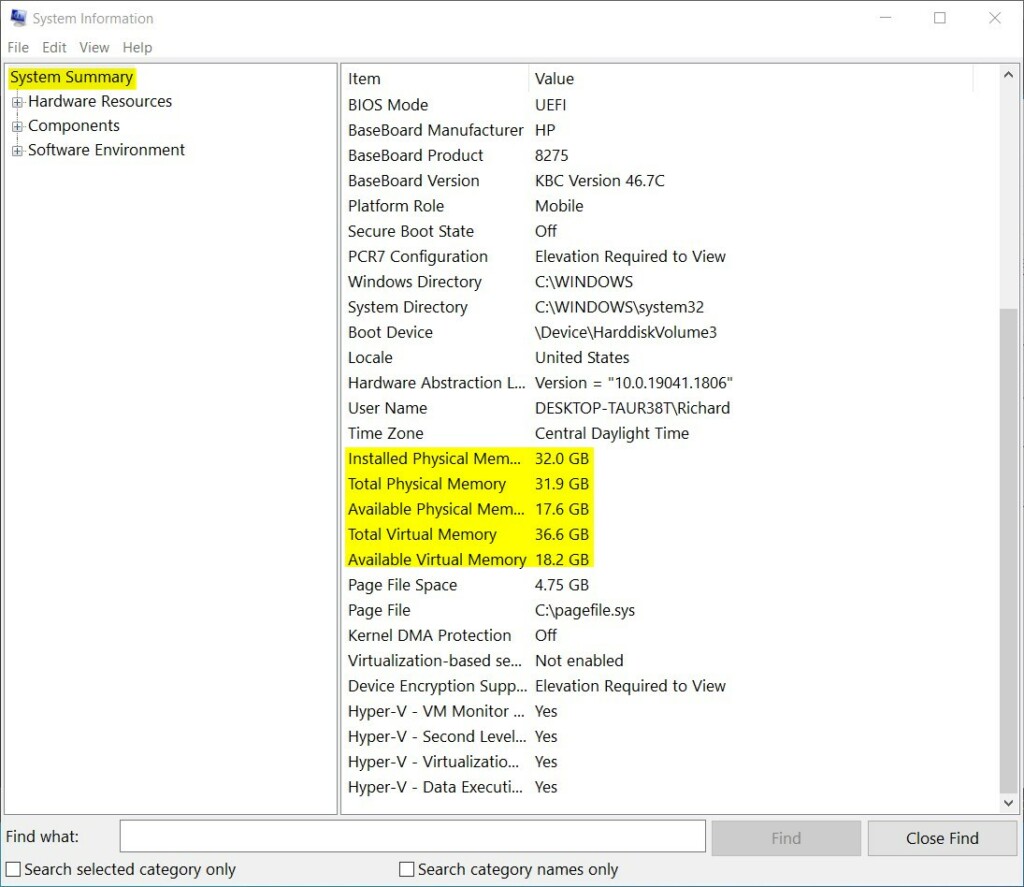
Using Windows Terminal with PowerShell, run the commands below to find your device’s memory details.
Get-WmiObject Win32_PhysicalMemory
Or run the commands below to limit the display of details.
Get-WmiObject Win32_PhysicalMemory | Format-Table Capacity, Manufacturer, FormFactor, Banklabel, Configuredclockspeed, Speed, Devicelocator, Serialnumber -AutoSize
That should do it!
Conclusion:
- Knowing your device’s RAM’s size, type, speed, and slot number is crucial for verifying compatibility with Windows 11 requirements.
- Windows 11 provides multiple methods to access system memory details, including the Settings app, Task Manager, System Information, and Windows Terminal with PowerShell.
- By utilizing these tools, users can easily obtain comprehensive information about their installed RAM, enabling them to make informed decisions regarding system upgrades or operating system compatibility.

Leave a Reply Cancel reply